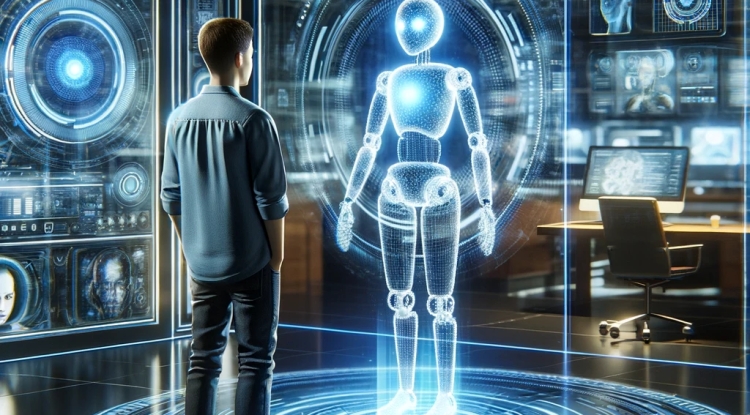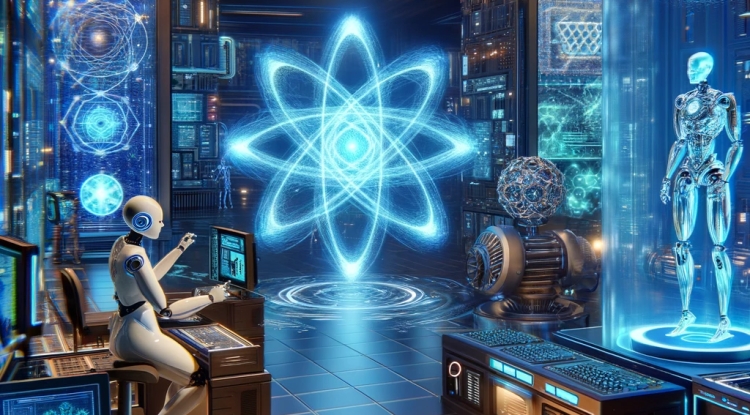Computing Through Ages: From Mechanical Marvels to Digital Domains
The history of computers begins in the 17th century with simple mechanical calculators and evolves through Charles Babbage's design of the programmable Analytical Engine in the 19th century, which he never completed. Ada Lovelace laid the foundations of programming with her work on Babbage's machine. The mid-20th century saw the dawn of the electronic era with ENIAC, the first fully electronic and programmable computer. The invention of transistors and microchips made computers smaller, faster, and more accessible, bringing computing from the realms of science and business into everyday life.

The Genesis of the First Computer
The history of the first computers is a narrative woven with the contributions of numerous inventors and scientists. This post will explore the significant milestones and pioneers in the development of computers.
Beginnings: Mechanical Calculators
The story of computers dates back to mechanical calculators. In the 17th century, mathematicians like Blaise Pascal and Gottfried Wilhelm Leibniz developed mechanical devices that automated the processes of addition and subtraction. These devices can be considered the ancestors of modern computer technology.
Charles Babbage and the Analytical Engine
One of the most pivotal figures in computer history is the English mathematician and inventor Charles Babbage. In the early 19th century, Babbage developed the design for the Analytical Engine, a programmable computing machine. This device contained many of the basic principles of modern computers; however, Babbage was unable to complete the machine in his lifetime.
Ada Lovelace: The First Programmer
Another significant figure who recognized the potential of the Analytical Engine was Ada Lovelace. Lovelace is considered the first computer programmer in the modern sense, due to her notes on the machine, which included what is recognized as the first algorithm intended to be processed by a machine. Thus, she is celebrated as the first computer programmer.
The Electronic Revolution: ENIAC
The next major step in computer history was the development of the Electronic Numerical Integrator and Computer (ENIAC). ENIAC, developed during World War II in the United States for calculating artillery firing tables, was a fully electronic, programmable computer. ENIAC is regarded as the ancestor of modern electronic computers.
Evolution: Transistors and Microchips
After ENIAC, computer technology continued to evolve rapidly. The invention of transistors, followed by the development of microchips, made computers smaller, faster, and more efficient. These advancements led to the emergence of personal computers and made computer technology an indispensable part of daily life.
Conclusion
The creation of the first computer was the result of centuries of scientific and technological evolution. Alongside pioneers like Charles Babbage and Ada Lovelace, milestones such as the development of ENIAC and microchips laid the foundation for the modern computers we have today. This historical journey is a testament to how human intelligence and creativity can create extraordinary tools to solve complex problems
What's Your Reaction?




















